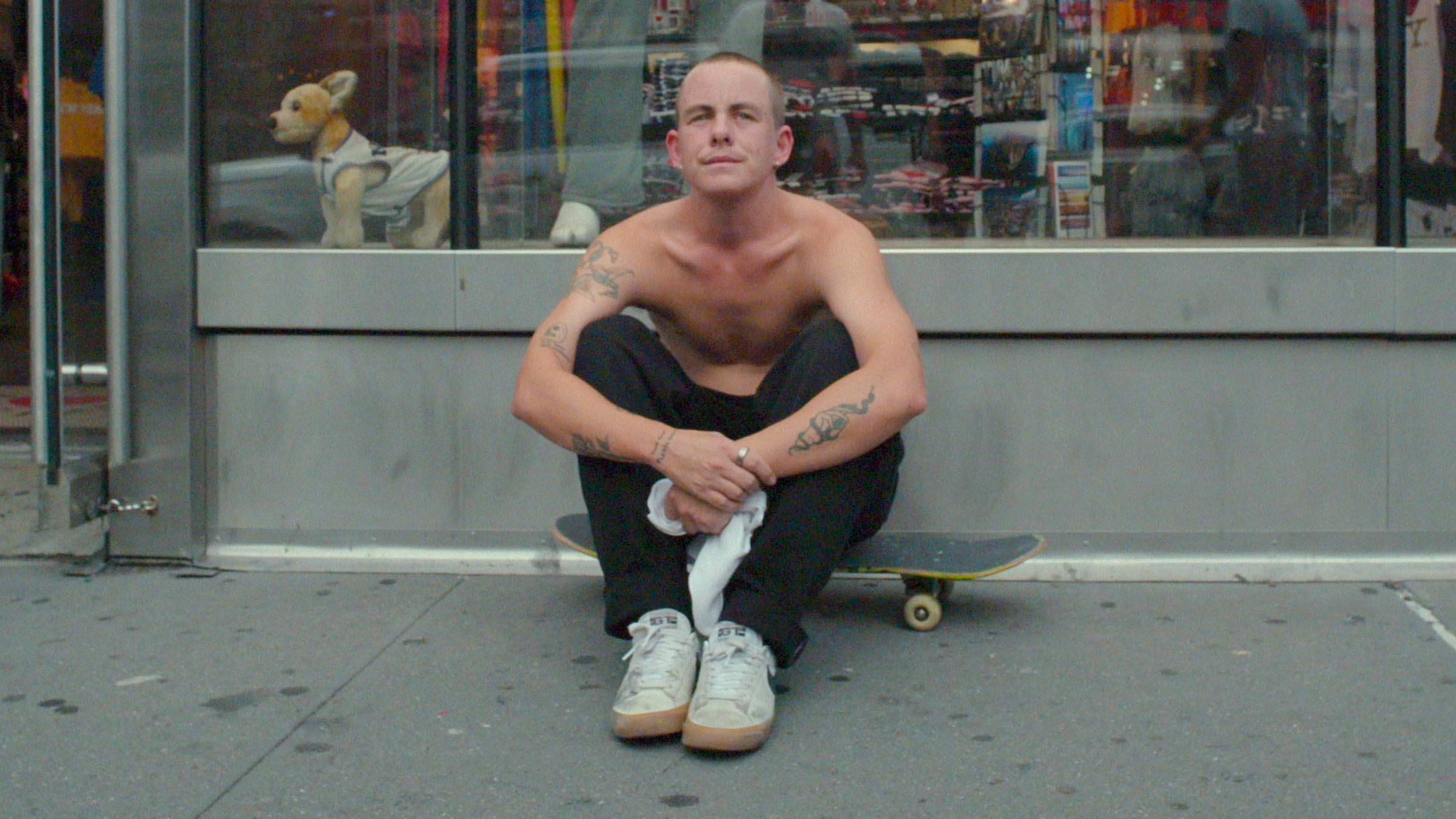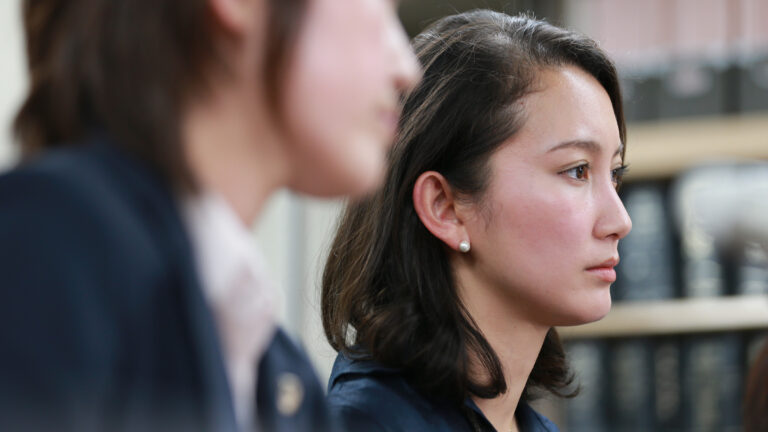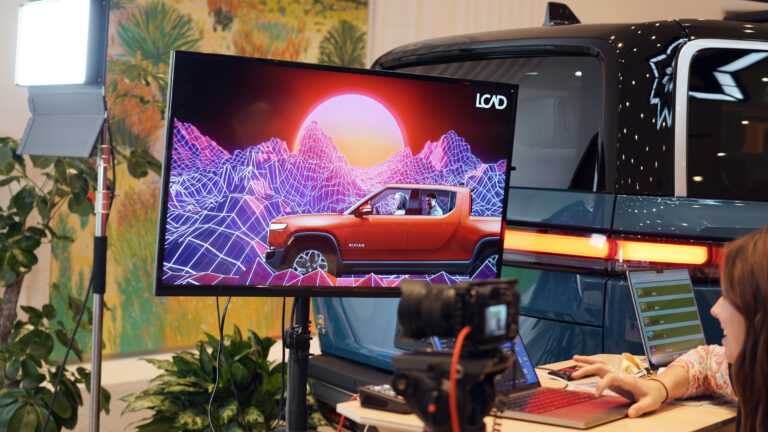While it’s great that we have not one, but two months in which we focus on stories from the LGBTQ community, the fact that we still hew to dedicated times to recognize them is proof that we can always do better.
But the fact that more films about the lives of transgender people, told from authentic perspectives, are finding their way into the mainstream is a sign of progress. Earlier in the year, we covered director Chase Joynt’s award-winning docudrama, Framing Agnes, executive produced by Alex Schmider. Now, in this installment of Made in Frame, we’re lucky to go behind the scenes of the recent Netflix film Stay on Board: The Leo Baker Story, on which Schmider was also a producer.
Directors Nicola Marsh and Giovanni Reda have created a powerful and intimate account of professional skateboarder Leo Baker, who was competing to be on the women’s Olympic skateboarding team for the Tokyo 2020/2021 games while contending with the decision to be himself or keep to an inauthentic course.
Since sharing that he is transgender, Leo has become a notable face of skateboarding with sponsors that include Nike, and has co-founded a deck and apparel company with fellow skateboarder Stephen Ostrowski called Glue Skateboards. Leo has also become an activist dedicated to making skateboarding more inclusive for the LGBTQ community.

Comparing the lives of the people whose stories were uncovered in Framing Agnes to Leo, if we see any similarities it’s that societally there is great attention and pressure to conform regardless of the progress we’ve made. What both films succeed at is depicting these people’s stories in the most humanizing and real way possible, a necessary step toward inclusivity and acceptance.
It takes a team
Everyone knows that it takes a village to make a feature film, but sometimes documentaries can be deceptively demanding. Especially when you’re making a documentary about what you think will be one thing but turns into something else—and you’re filming during a global pandemic.

When veteran skateboarding photographer and video director Giovanni Reda approached Nicola Marsh to shoot a documentary about his friend, who was part of the women’s US Olympic team for the Tokyo Olympics, Nicola, a notable cinematographer with documentary director Morgan Neville (20 Feet From Stardom, Won’t You be my Neighbor), proposed co-directing with Reda. The original plan was to follow Baker in the lead up to the Olympics. “In my mind, it was an easy in,” Nicola recalls. “It’s the Olympics, you can do it for a year. Cut to four years later.”

At a time when states like Arkansas and Idaho (among others) are proposing or passing legislation that makes healthcare illegal or unavailable for young people who are transgender, as well as actively attempting to exclude them from sport, this film is more resonant and important than ever.
Relinquishing a spot on an Olympic team is no small sacrifice for an athlete.
Relinquishing a spot on an Olympic team is no small sacrifice for an athlete, and to hear Leo now publicly state that he’s subsequently living his best life is perhaps the greatest reward for this dedicated group of filmmakers, who captured his journey in the most respectful and sensitive way possible.

In addition to the directorial team, two different editors handled the cut. Documentary editor Lauren Saffa started the project before going on maternity leave, and handing it off to Sasha Perry, who took it over the finish line.
And then there’s the on-screen team of Leo and then-partner Melissa Bueno-Woerner who, in addition to supporting Leo through his transition, also served as a producer and camera operator for the film, capturing some of the most personal moments of Leo’s story when Nicola and Reda couldn’t be there in person due to COVID.
A delicate balance
Documentaries are enjoying a particular moment as camera packages have become smaller and lighter, allowing for easier access to subjects that would have previously been more difficult to capture.
In the case of Leo’s story, however, the fact that he was previously much-filmed and photographed as a skateboarder meant that the filmmakers had an overabundance of archival footage to cull through. Only, what if your subject finds it difficult to view that footage from the past and prefers to distance himself from it?
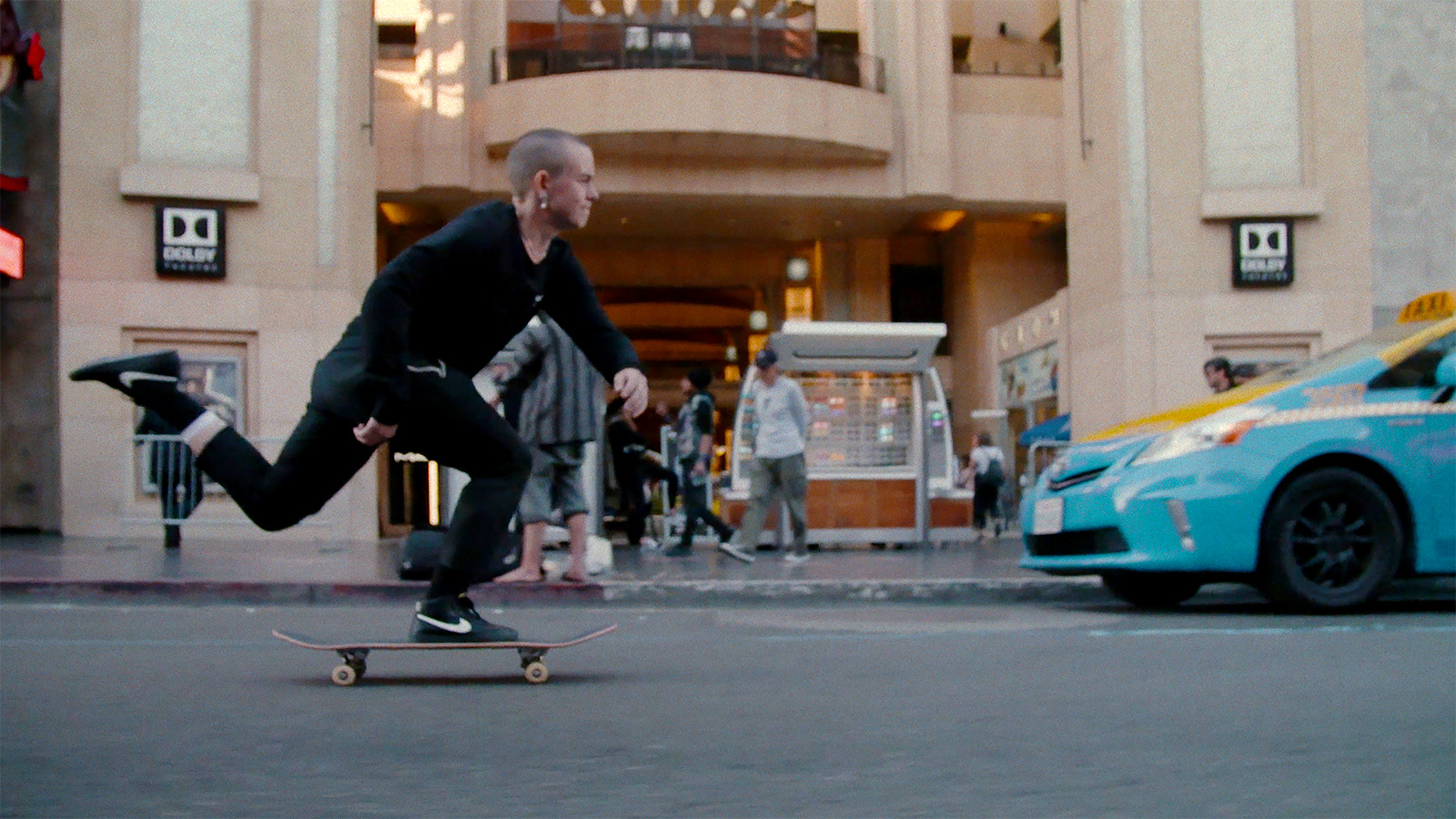
Some filmmakers might have decided to use it regardless—as is often the case with documentaries that are created as exposés or have a particular point of view to put forward. But the team behind this film couldn’t have been more different, opting to honor Leo’s story with complete respect and deference to his feelings of being seen.
According to Nicola, the footage came from every imaginable medium across several decades. “The design was to go much farther back into Leo’s history because there was so much archival, but a lot of it ended up being problematic because it presented him as this constructed female that is not true to who he is. And so we decided that we weren’t going to use that footage because it sets a template that inaccurately portrays him.”
Sasha, the film’s second editor, was welcomed into the project as a trans person themself. “I’ve worked with a lot of cis directors who are adamant that they know exactly how to tell the story. Nicola and Reda didn’t hold any of that. They were very open to feedback. And because they care very, very, very much about Leo and wanted to make sure that his story is told authentically, as well as being resonant to the trans audience at large, it was a really great collaboration,” Sasha says.
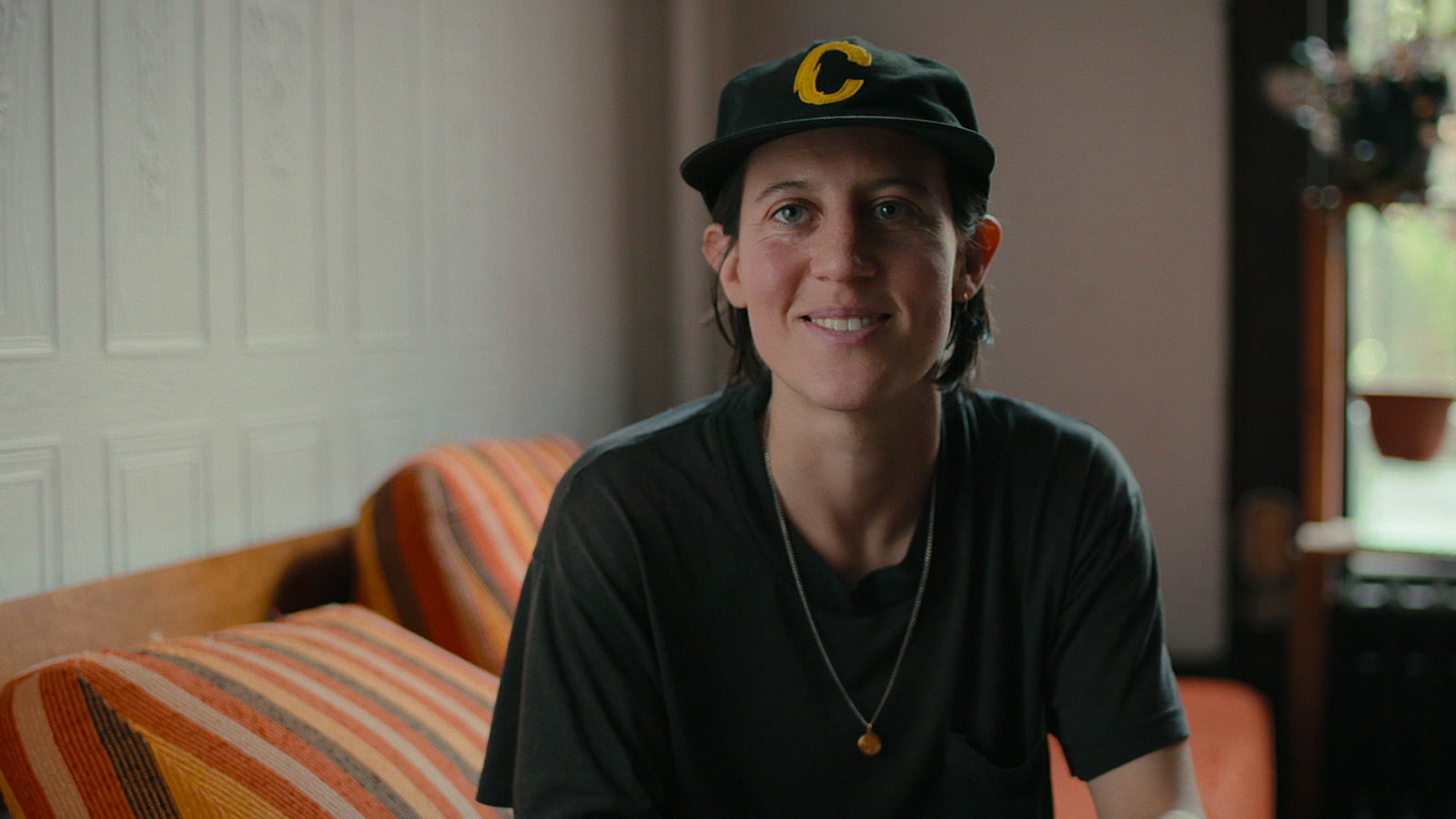
“There were some hard conversations about the archival and what we were going to show and what we weren’t and what hole that left. But Leo had given us a quote about how he couldn’t watch that footage anymore. So it just felt like, ‘Great, if you can’t watch it, the audience can’t watch it. And we’re going to tell you that in the first 30 seconds of the film, and then you’re never going to wonder why you didn’t see that footage.’”
The result is that the film appeals to audiences irrespective of gender identity or sexual orientation. Rather than being a story about Leo’s transition, it is a film about a thoughtful person whose journey toward self-acceptance shows the challenges and rewards of doing so, despite the all-consuming pressures of cultural expectations we all face.
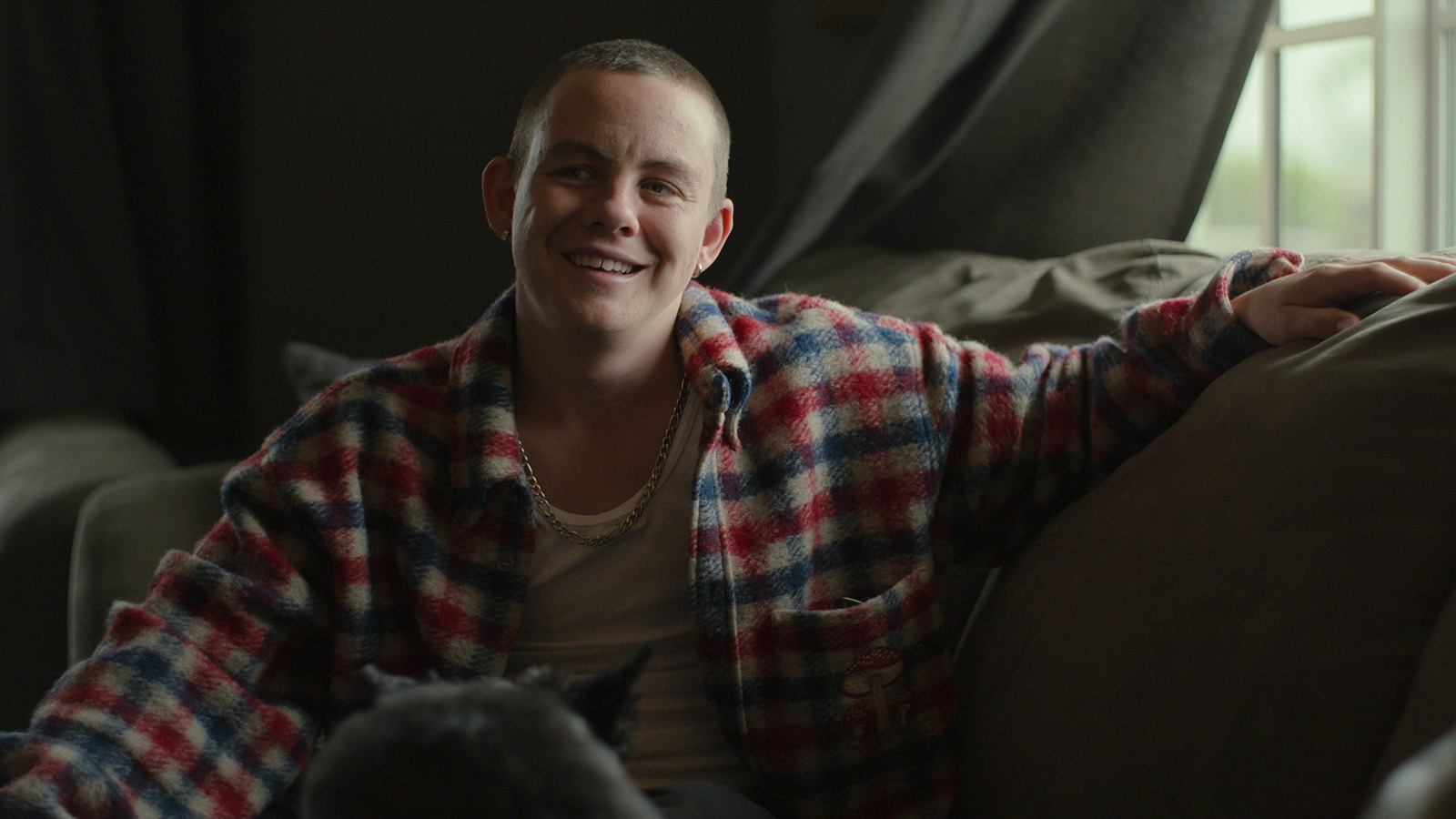
The right gear
The team chose to work in Adobe Premiere Pro specifically for the ease of sharing project files, which Lauren did with her assistant initially. Later, when Sasha took over for Lauren, they were mostly working solo, without an assistant editor, so at that point sharing files became less of an issue. Both Lauren and Sasha agree, however, that they enjoy using Productions, something they’ve done on other projects and find intuitive and easy to use in remote-editing situations.
They did, however, rely heavily on Frame.io throughout the lengthy production and post-production process, which happened in fits and starts due to the pandemic.

It wasn’t only about the fact that the team couldn’t work in person together (although, of course, that played a big part). Lauren has a strong preference for working remotely in general and using Frame.io to capture feedback. “If it were up to me, I would use Frame.io for eternity,” she says.
But especially on this project, Lauren found that there were several reasons why having written comments were incredibly useful. “There was a time when we had maybe 30 days of footage and a ton of the archival, and Nicola and Reda could go through and just watch it all. I could ask questions and we could have a sort of digital conversation that functioned as a good primer for us. Then we could get on the phone afterwards and go through those comments.”
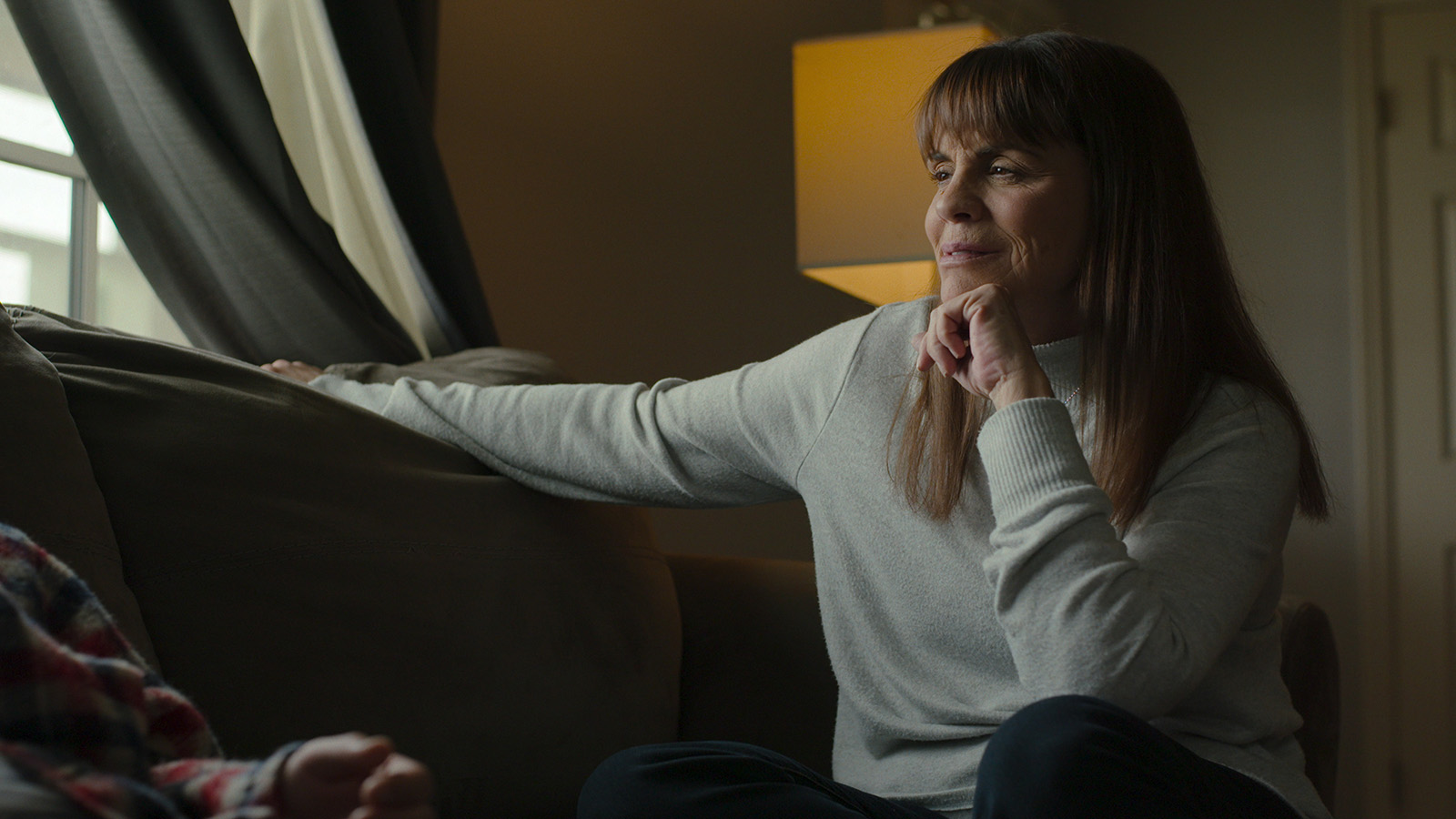
Building off of Lauren’s observations, Sasha goes a step further by pointing out the advantage of having written feedback when working with two directors who might have differing opinions. “It’s good that the directors could get their ideas out and then have that conversation between them. I can keep moving forward and then come back, look at their notes and be like, ‘Okay, here’s what I think they’re trying to actually say,’ make another change and then send it back to them or show it to them in person the next day,” Sasha says.
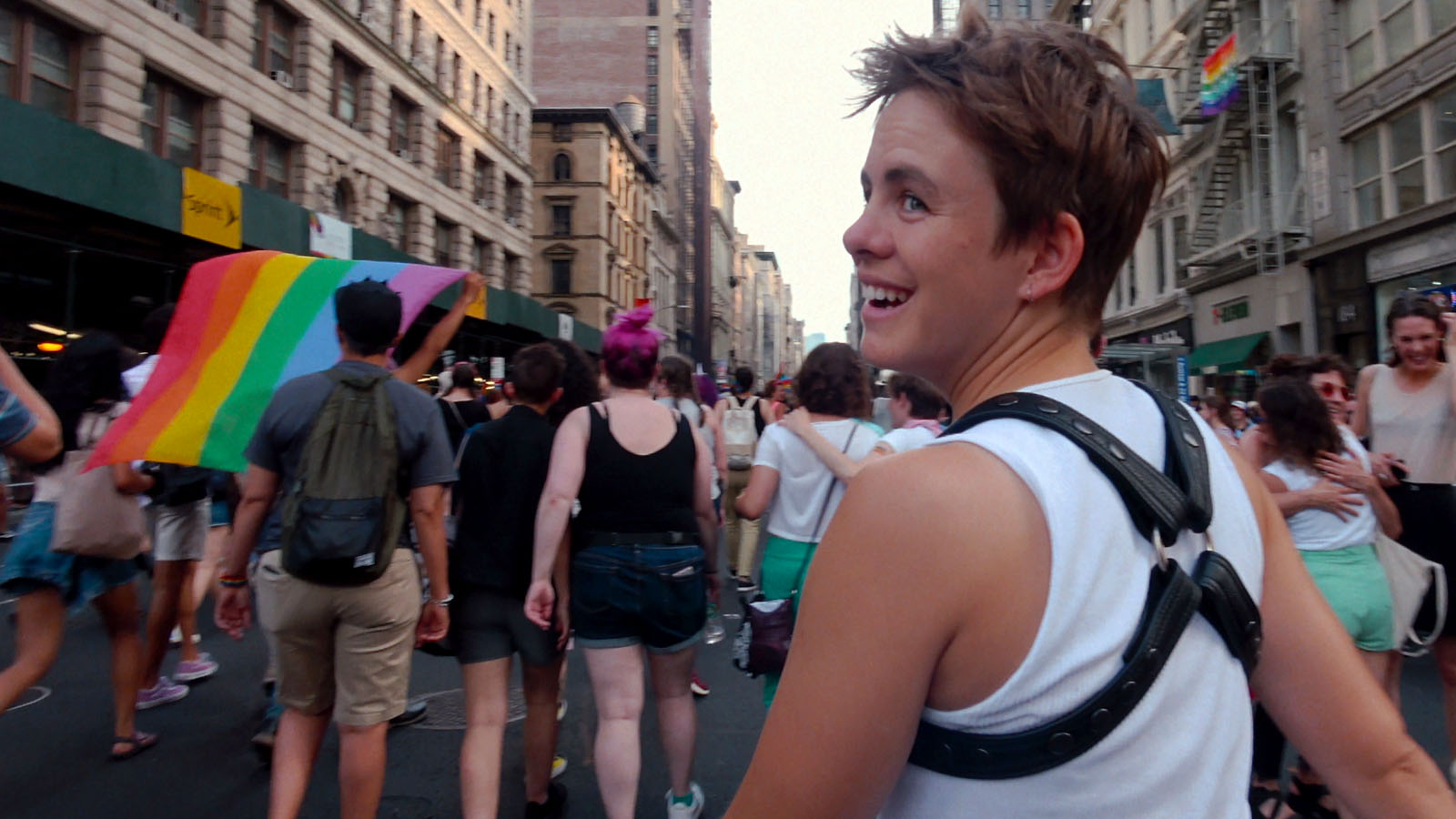
For her part, Nicola prefers to be in the same room, where ideas can fly freely. But, she also admits, there are times when it’s not always the most productive way of working.
“What can happen is that you can get completely distracted by something,” she says. “And if you don’t have it written down, you might not even remember what you’re talking about. Things can go through the cracks. By the time you watch something 14 times, you forget how much it bugged you the first time you saw it, and then when you’re sitting in the screening, you’re like, ‘Oh my God, I never dealt with that.’”
“Frame.io became a running to-do list,” Sasha says. “It was a good way for everyone to reset.”
Nicola also appreciates the “@mention” and annotation features in Frame.io. “When you’re working on a show, you can point to something and say, for example, ‘@Lauren, is this clear?’ And I do like being able to draw on the frame and say, ‘This person in the background—are they cleared?’ I think that’s super helpful.”
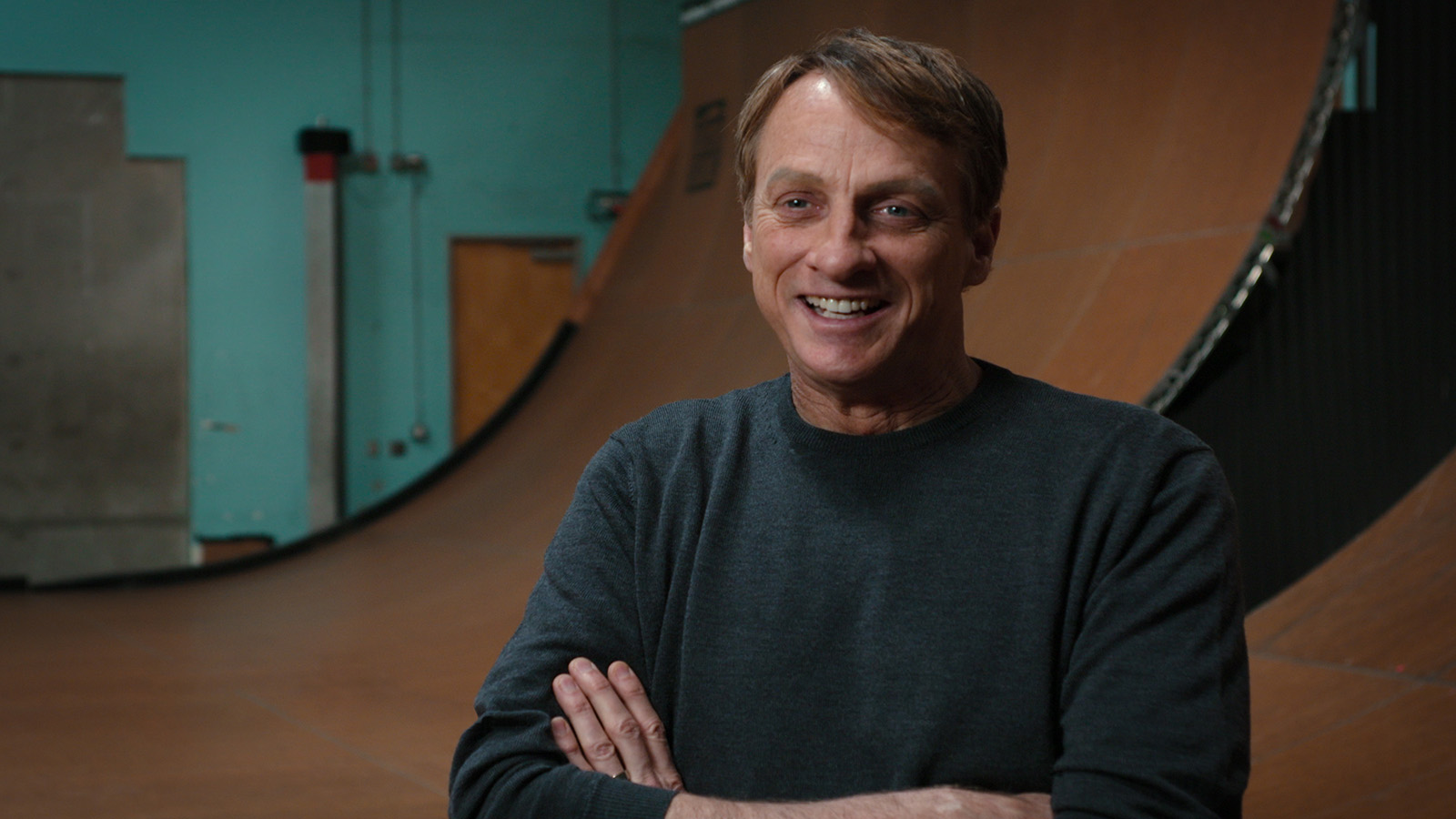
And then there’s what Nicola, as a cinematographer and director, appreciates most about Premiere Pro. “It can be annoying when you shoot on a camera to burn a LUT into a proxy for editorial, and then editorial puts LUTs on it because they don’t know what it’s supposed to look like. They double LUT things and then it goes to the network or executives and it looks wrong,” she explains. “That’s why I always prefer to be on Premiere Pro because it allows me more control over that aspect.”
A challenging course
If skateboarding is generally considered a sport for non-conformists, the filmmakers likewise took a somewhat unconventional approach to this documentary.
“Our first shoot was around Christmas of 2018,” Nicola says. “It was in New York, when Leo is trying out different pronouns privately, not yet publicly. Then we met Lauren and loved her, and worked on the edit and it became clear that we needed a lot more editing time.” Because, of course, in addition to what was being newly shot, there was the vast amount of archival footage that existed.
“We did two edit blocks, which if you have the time and can make it work with the schedule, I think every documentary should do,” Lauren says.
The team spent ten weeks on the first block, at which point Lauren moved to another project. Four months later, she came back for the second block.
When you come back for the second edit block, so much has changed.
“Now, the problem is when you come back for the second edit block, so much has changed. Like, how much of that work is actually relevant and makes it into the final cut?” she says. “There are advantages and disadvantages, but it’s much more collaborative. It’s a good way to find your way through the edit much more organically.”
Nicola also appreciates the connection to the editor during the shoot. “It allows you to have a hotline to the editor because your editor’s in another project, but you’re still shooting and you can just call them to discuss what we’re going to shoot and see if they have any suggestions or input,” she says. “The editor is everything. Your participants on camera sometimes need to be asked to do things and in the moment, as a director—for me anyway—you can sometimes be a bit too, ‘Oh, I couldn’t possibly ask them to do that,’ and the editor can say, ‘ Just ask them to do it,’ because they’re not so entangled in the moment and it’s helpful.”
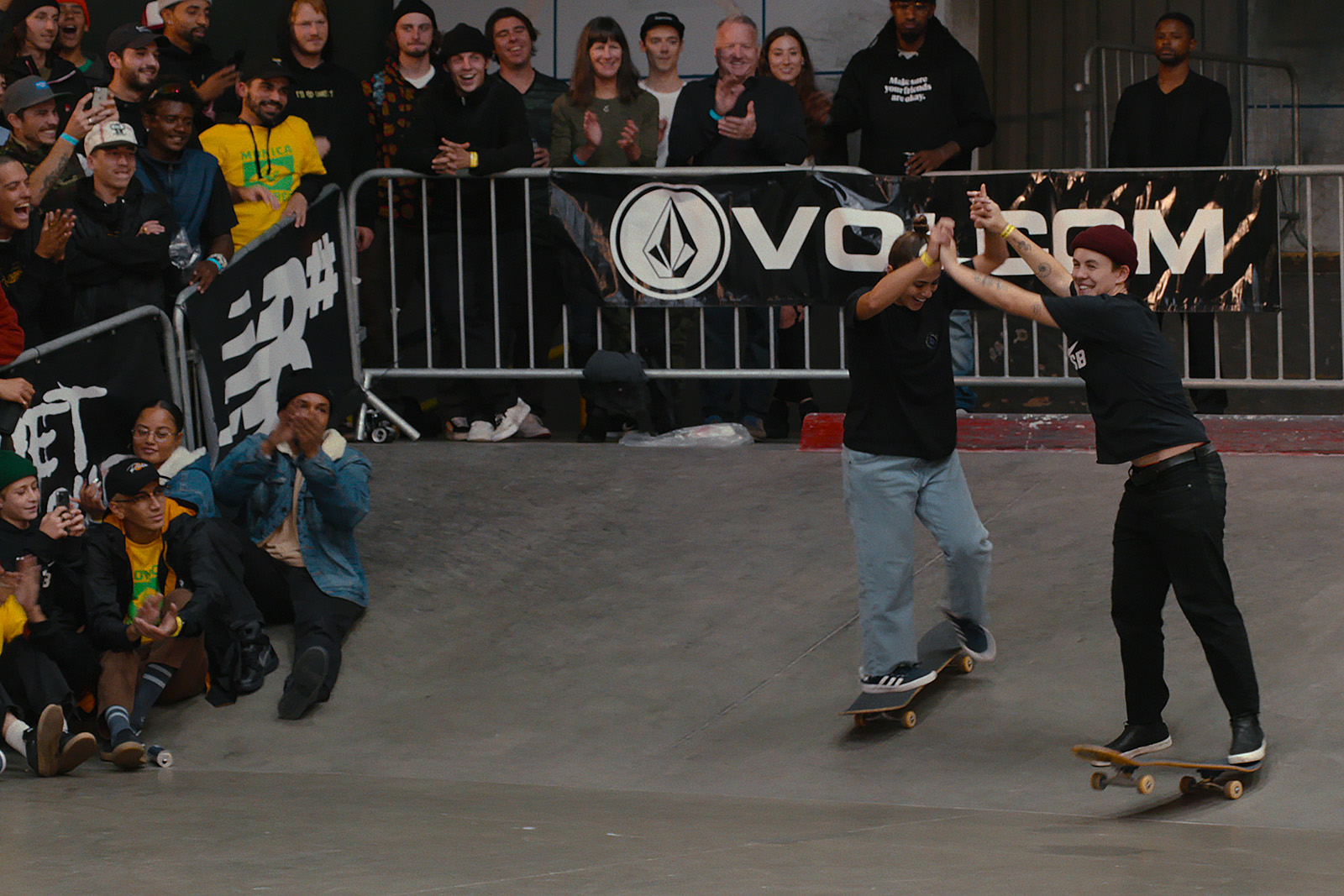
Which brings up the question of how much work-in-progress the team shared with Leo along the way. It was only when they got to the third block of editing, when Sasha had taken over for Lauren, that they shared the cut with him. “We didn’t show him early cuts because it’s just too emotional and I feel like it would have just blown out the project. I’m not even going to be able to get him to just be, because he’ll be thinking about that cut of himself that he saw that he did or didn’t like, and which parts of it he liked and what parts he wants to be more like that,” Nicola says. “From my experience in reality TV, by the time you get to season two of a reality show, you can’t even shoot the participants anymore because they’re so aware and in their own head.”
It was an excellent call, because there are so many parts of the film that are spontaneous and honest in the extreme. One that Nicola cites is after Leo has his top surgery.
The filmmakers debated extensively about including it, and it underscores their decision to team up with Sasha—to help bring a trans person’s point of view to the edit. “I think there’s a desire in our culture for ‘before and afters’” they say. “It’s often about the audience wanting to weigh in on what it means to be trans, but it was important to step away from that because we can and should tell stories differently. I remember some conversations about what we wanted to do, and what we could show, and certain scenes around top surgery and other transitional phases that Leo was going through.”

“We had a lot of really intense conversations about the stuff that you see in the film and we went backwards and forwards,” Nicola says. “The moment when Leo looks in the mirror is right after surgery and he’s so delighted and he forgets I’m there [filming him] for a second. And then he looks over and he smiles. I could cry thinking about how that was. That was really about the body and was one of the things we were trying to move away from. But it was so emotional to me that I really wanted to keep it in. I think Sasha reminded me how a more mainstream audience might receive some of that. And we had to have a think, go away, come back.”
It was so emotional to me that I really wanted to keep it in.
It’s why the block editing approach was so important for this project. “We could have that same conversation now and come up with a different answer,” Sasha says. “And I think to Lauren’s point, sometimes it’s really good to have time away from it and then come back and say, ‘Wait, is this actually what we wanted to do?’ Sometimes you have to step away and then come back with a clearer head.”
Further complicating the project was the fact that COVID prevented the team not just from working together in the same room during post-production, but also prevented them from being able to shoot Leo at various stages. To the viewer, the evolution all looks very seamless. But one of the additional challenges the filmmakers faced was that in much of the footage that Leo’s partner captured during lockdown, Leo was being addressed by his dead name. Again, the filmmakers decided against using those scenes out of respect for him.
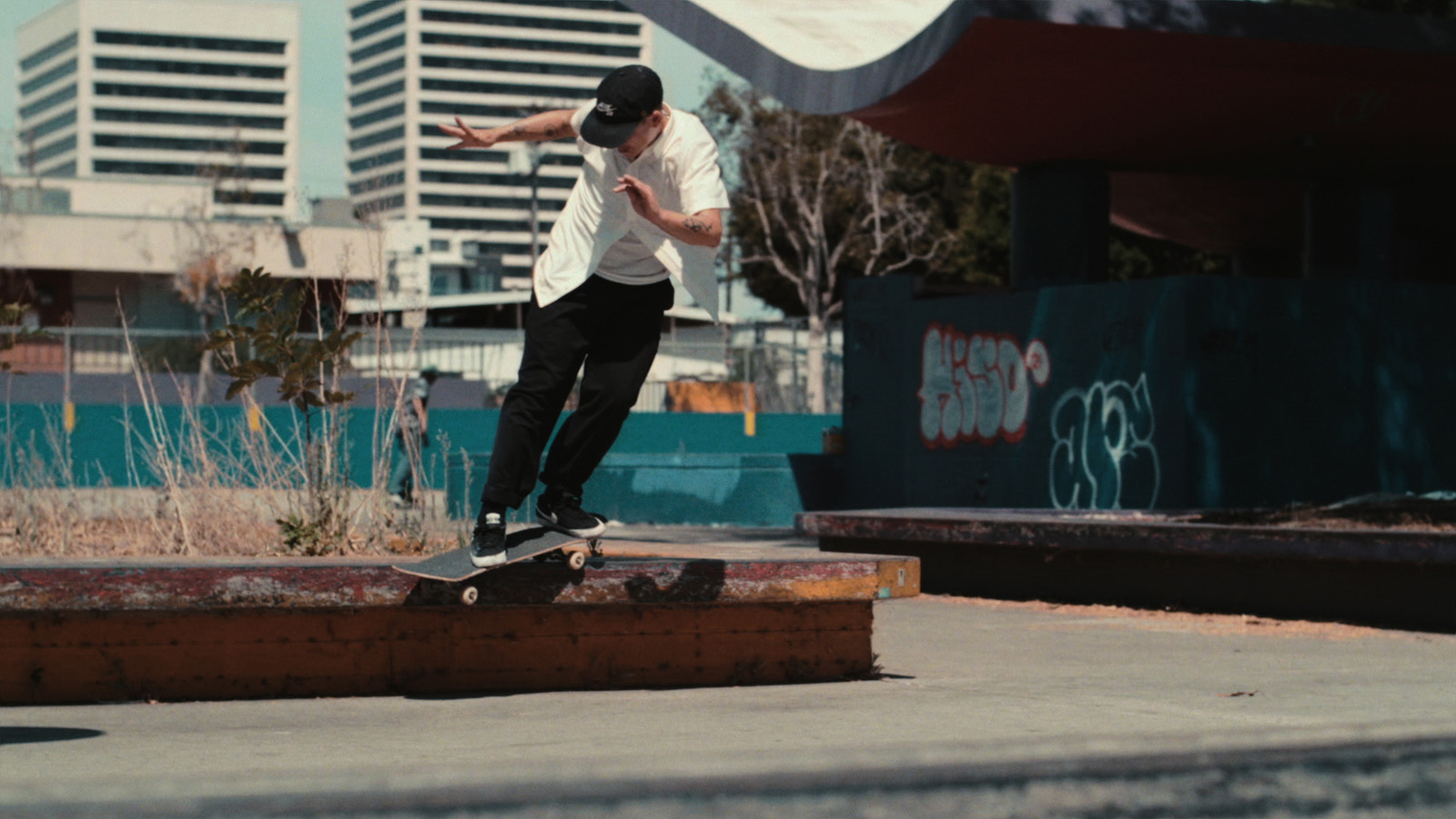
When Leo finally saw a cut of the film, he was very happy with it. As Reda had predicted, he paid a lot of attention to the skateboard tricks. According to both Lauren and Sasha, figuring out what the tricks were called and how to tell them apart was one of their biggest challenges. For Lauren, having Reda use Frame.io helped her sort through them, while Sasha and Reda sat together in person to do the fine tuning at the end of the edit.
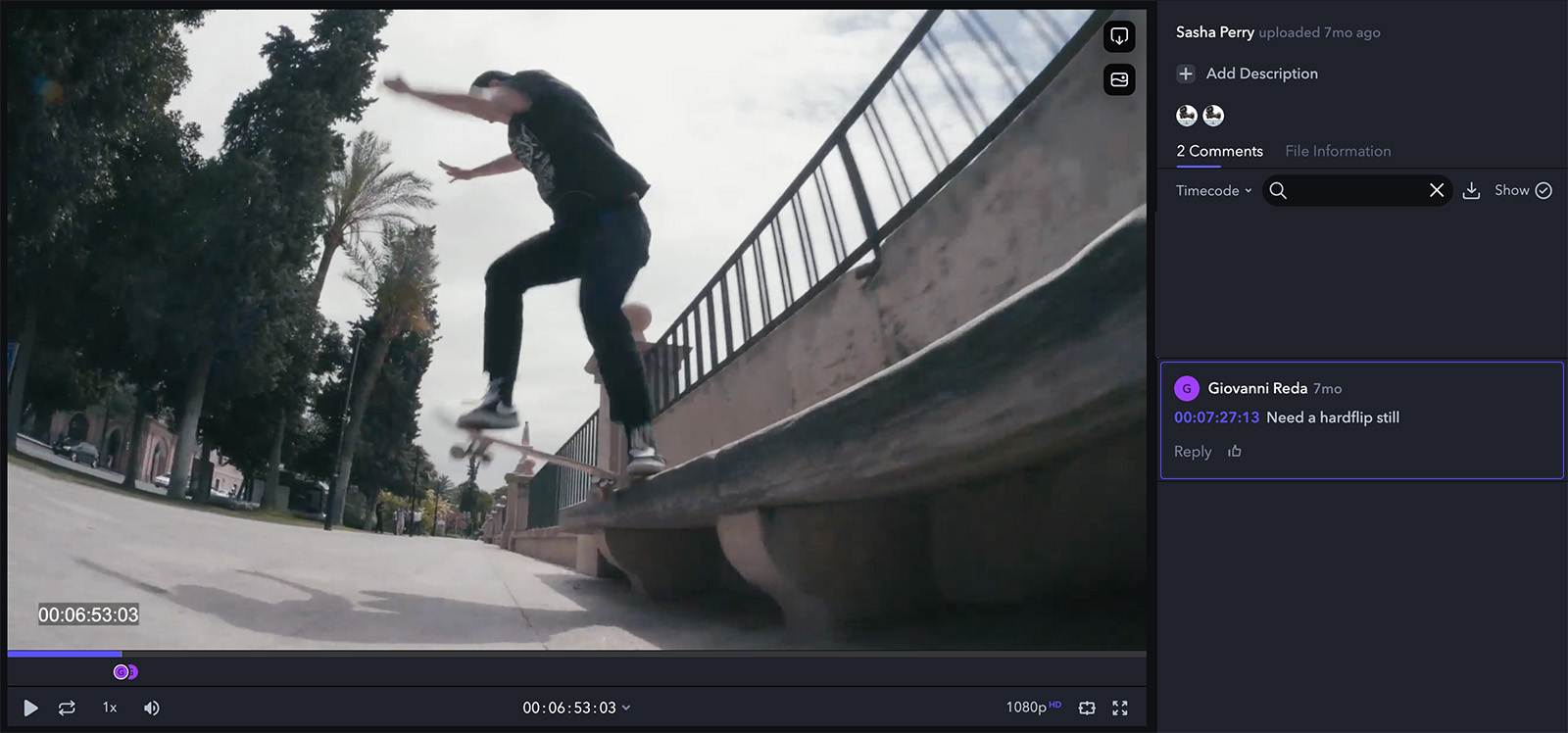
An authentic experience
In the end, the film represents Leo faithfully and authentically, a testament to the integrity of the whole team and the extreme care they took throughout the process. “I’ve heard people say that it doesn’t feel like you’re watching a film about a trans person or their transition,” Sasha says. “I feel like it means that we found that balance of being specific in our storytelling to appeal to a wide audience, as well as honoring Leo’s story.”
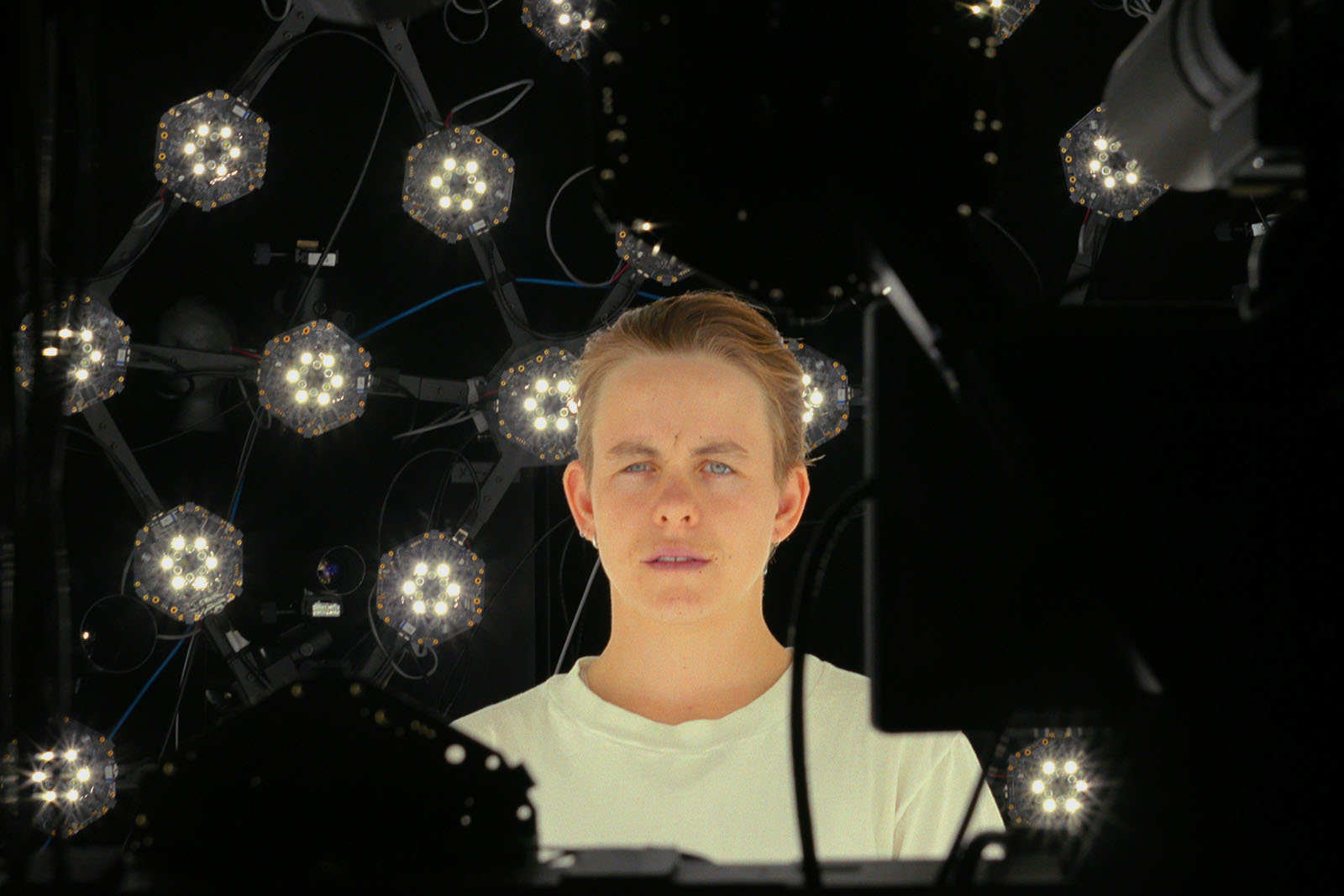
Ultimately, the point of making films is to tell stories that feel authentic—whether the intention is to entertain, inspire, or educate. In the case of Stay on Board, you get all three. It’s a film that can speak to anyone who has highs and lows, who has moments of doubt or feelings of estrangement, who grapples with family relationships, who is trying to build a life and livelihood they feel represents their truth and aspirations.
And for us at Frame.io and Adobe, there’s truly nothing more gratifying than learning that these important stories were made, with love, by our customers.

